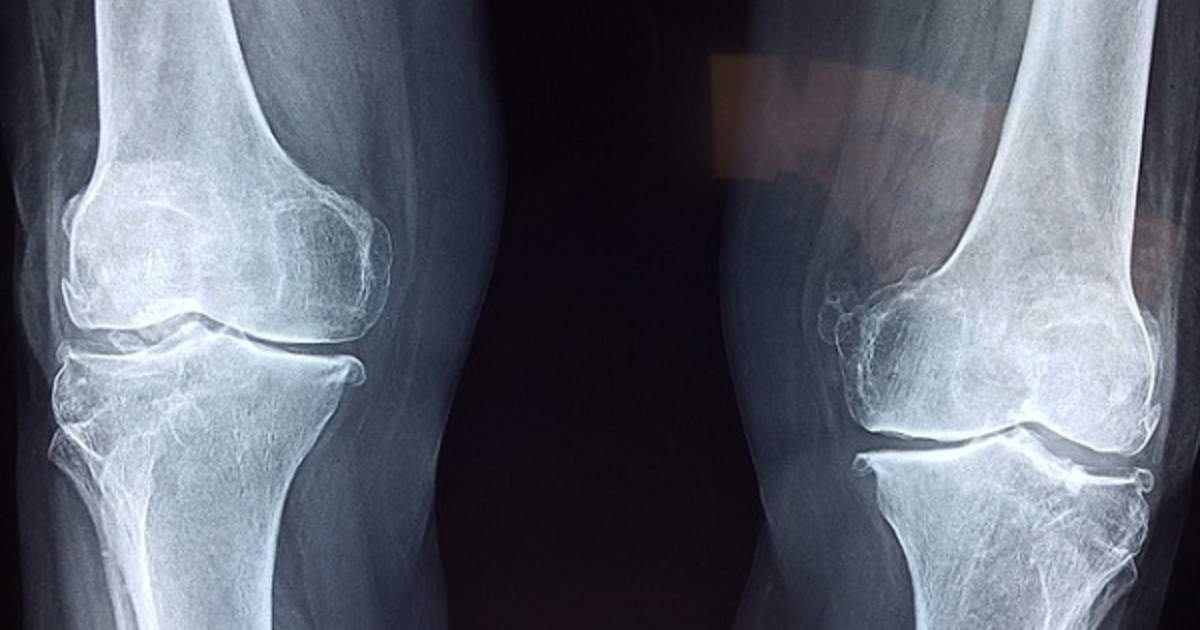What Increases The Risk Of Chondrosarcoma?
Age

Individuals over the age of forty tend to develop chondrosarcoma more often than those who are younger. The best explanation for the prevalence in older aged adults has to do with mesenchymal stem and progenitor cells or MSPC. The cells that turn into chondrosarcomas are not clearly defined, but they most likely develop from the MSPC within the inside bone cavity. As an individual ages and the bones stop replacing their tissues as efficiently as they used to, the bones begin to undergo changes. The changes that occur can best be described as cell arrangement reorganization within the bones.
Bone changes of this sort happen most prevalently among individuals in the beginning stages of osteoarthritis. The cell arrangement reorganization can change the bone and cartilage microenvironment, allowing for specific biomarkers to cause mutations in the DNA of MSPC. These mutations result in the genesis of chondrosarcoma. It is due to the normal bone changes that occur at older ages and the high prevalence of osteoarthritis that causes an individual over forty years old to be at a higher risk for developing chondrosarcoma.
Paget's Disease

Paget's disease is a disorder of the bones that causes problems with the body's normal bone remodeling process. In healthy individuals, the body absorbs old bone, and it forms new healthy bone in place of it. Individuals affected by Paget's disease have a malfunction in their bone remodeling process. The body of these individuals tends to generate too much new bone tissue in the wrong locations, or it may remove old bone from the areas where new bone should go. Paget's disease tends to be caused by mutations of the genes passed through families.
Because Paget's disease causes an individual to regenerate more bone then they typically would, the DNA of these bone cells undergo more changes on average than in a healthy individual. More DNA changes in bone cells increase the risk of mutations occurring in the part of the cell's DNA that controls cellular growth, replication, and cellular death. When certain mutations are made in these sections of the cell's DNA, chondrosarcoma will begin to develop.
